 Technology
Technology  Technology
Technology  Humans
Humans 10 Everyday Human Behaviors That Are Actually Survival Instincts
 Animals
Animals 10 Animals That Humiliated and Harmed Historical Leaders
 History
History 10 Most Influential Protests in Modern History
 Creepy
Creepy 10 More Representations of Death from Myth, Legend, and Folktale
 Technology
Technology 10 Scientific Breakthroughs of 2025 That’ll Change Everything
 Our World
Our World 10 Ways Icelandic Culture Makes Other Countries Look Boring
 Misconceptions
Misconceptions 10 Common Misconceptions About the Victorian Era
 Mysteries
Mysteries 10 Strange Unexplained Mysteries of 2025
 Miscellaneous
Miscellaneous 10 of History’s Most Bell-Ringing Finishing Moves
 Technology
Technology Top 10 Everyday Tech Buzzwords That Hide a Darker Past
 Humans
Humans 10 Everyday Human Behaviors That Are Actually Survival Instincts
 Animals
Animals 10 Animals That Humiliated and Harmed Historical Leaders
Who's Behind Listverse?

Jamie Frater
Head Editor
Jamie founded Listverse due to an insatiable desire to share fascinating, obscure, and bizarre facts. He has been a guest speaker on numerous national radio and television stations and is a five time published author.
More About Us History
History 10 Most Influential Protests in Modern History
 Creepy
Creepy 10 More Representations of Death from Myth, Legend, and Folktale
 Technology
Technology 10 Scientific Breakthroughs of 2025 That’ll Change Everything
 Our World
Our World 10 Ways Icelandic Culture Makes Other Countries Look Boring
 Misconceptions
Misconceptions 10 Common Misconceptions About the Victorian Era
 Mysteries
Mysteries 10 Strange Unexplained Mysteries of 2025
 Miscellaneous
Miscellaneous 10 of History’s Most Bell-Ringing Finishing Moves
10 Crazy Drugs That Could Be Growing In Your Garden
Ever wondered what that strange-looking plant sticking out of your front porch was or how ancient tribes had their Saturday night sesh? This list will outline a bunch of frankly bizarre drugs that, depending on where you live, you may just find on your morning walk, if not in your own backyard.
Be warned, however: Some of these drugs are potentially the most dangerous and terrifying substances known to man and are best avoided if you’re not keen on gouging out your own eyeballs in a mushroom-fueled rage. With that established, here are ten drugs that you might find growing in your garden.
10 Sage Of The Diviners
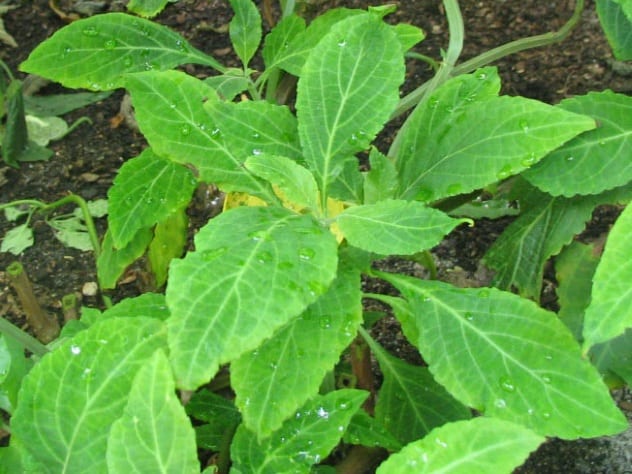
Salvia divinorum looks like any other normal plant. It’s in the mint family, in fact. But if you whacked this bad boy in a mojito, you’d be getting way more than you bargained for. This plant was traditionally used by the Mazatec people of Oaxaca, who believe it to be an incarnation of the Virgin Mary.[1]
After some chewing or smoking, the plant causes a sudden onset of tingling, a loss of self-awareness, and the seeing or hearing of entities, which has been described as an overlapping of realities. Many people report a deep connection with nature and rapidly improved mood. More often than not, these little leaves can have pretty dire effects as well, causing a severe dysphoria and a total lack of human connection. Pretty crazy stuff for a little leaf.
What’s more interesting is the fact that it’s actually legal in some countries (though most make some effort to control it). The drug has become a YouTube sensation, and it’s not hard to find a good number of videos floating about in which teenagers generally make themselves look like idiots.
9 Nutmeg
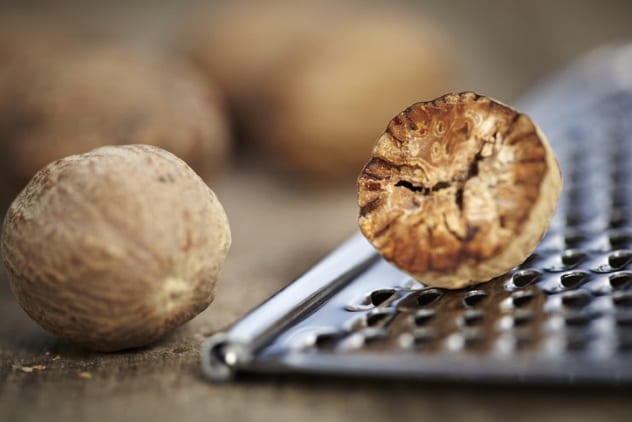
You probably don’t even need to venture into your garden for this one; you could probably just sniff it off your apple pie. Or maybe not.
In large enough doses, this spicy substance is reported to have significant mind-altering effects.[2] After some snorting, smoking, or eating, a buzz of up to two days is felt, with significant hallucinations and disconnected chatter, similar to the effects of LSD.
Sound fun? Not so much. After 30 minutes, it causes nausea and vomiting and leads to serious heart problems if too much is taken. Folks don’t typically mess with this seemingly innocent spice more than once—the risks far outweigh the trippy effects it induces.
One time, a 29-year-old man and his 27-year-old wife were rushed to a hospital with dizziness, nausea, and auditory distortion. Upon questioning, it was revealed that the husband had accidentally added a third of a jar of seemingly innocuous nutmeg to their date night pasta dish and had proceeded to accidentally give them both nearly fatal overdoses.
8 Shrooms
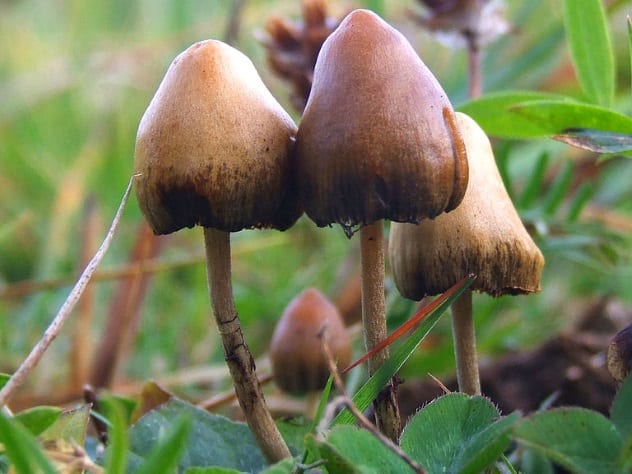
Most people have heard of “shrooms,” aka psilocybin mushrooms, loved by 1970s hippies and bored teenagers alike, but most people don’t know the truth about these fungi. Evidence suggests that humans have been using hallucinogenic mushrooms for over 7,000 years, with the practice being deeply associated with religious ceremony.
The first reliable Western account of shrooms was when four children were accidentally fed them in 1799.[3] They probably never complained about their parents’ cooking again.
A shroom trip is often called a state of a waking dream, as the neurological state shifts to that of dreaming. The mushrooms are reported to bring a deep sense of calm, peacefulness, and self-acceptance. Peace to the world, dude.
However, one story of a man and his mushroom pizza is probably enough to put you off any fungal fetishes you may have: After eating a pizza full of shrooms in Vang Vieng, Laos, to live out his strange backpacking dreams, this unknowing traveler ended up locked in a hut for six hours, screaming, believing he was a dead body surrounded by crickets.
7 Opium Poppy
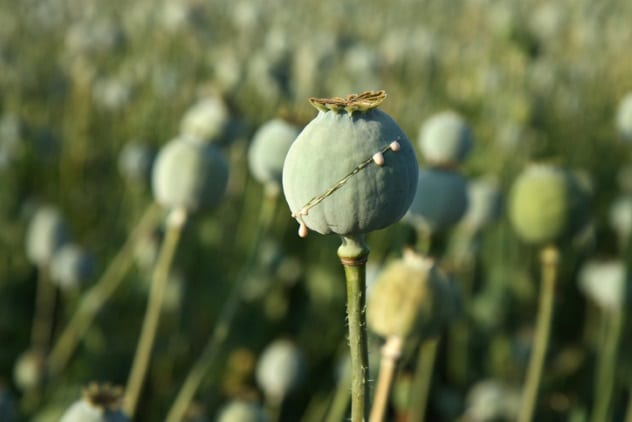
Opium can be extracted from the seeds of this beautiful flower by ingesting the white sap. It’s a depressant that is normally used in the production of morphine and heroin. As you probably guessed, it’s illegal to possess, but it’s not actually illegal to grow the flower itself. (Note that many varieties which don’t produce a lot of opium have been bred.)
The effects of opium include an elevated mood and suppression of anxieties or physical discomforts, making it one of the most addictive substances known to man, as its chemical structure mimics that of endorphins.[4] Once addicted, users grow erratic, lose memories, and experience severe insomnia.
Opium-related deaths don’t just occur due to overdose but also slowly through cancer, liver disease, and high blood pressure. The scariest thing is that an opium overdose mirrors the impact of the high, so hallucinations and shallow breathing can be ignored, that is, until it causes a coma and eventually death.
There are many hybrid drugs, such as Buddha, that spike opium with other substances such as marijuana, whose risk can be even greater to an unknowing individual.
6 Hell’s Bells
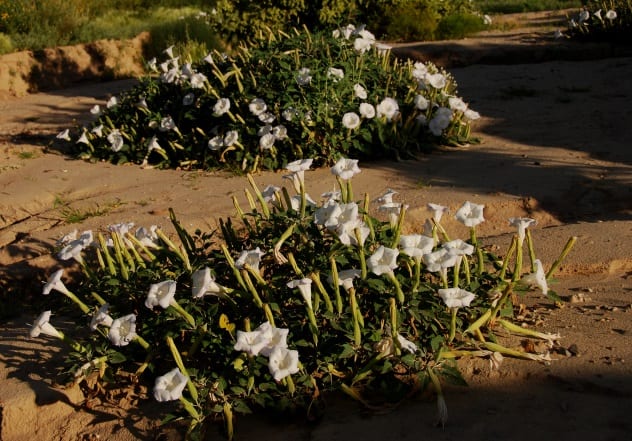
Otherwise known as the less demonic-sounding jimsonweed, this plant grows naturally in North America and has been used for centuries as a home remedy but is more recently renowned for its hallucinogenic and delirium-inducing properties. Reports suggest that its use is conducive to open and free thinking and a more creative mindset.
The thing that makes this innocuous-sounding weed scarier than acid is the “complete inability to differentiate reality from fantasy,” according to the US Department of Agriculture. An extract from Robert Beverley’s The History and Present State of Virginia (1705) tells of a time that a group of soldiers unwittingly gathered a great deal of the weed to put into a salad and ate copiously. The results made for alleged “very pleasant comedy,” with one man kissing and pawing at his comrades while another sat stark naked, grinning like a monkey. However, aside from all this mischief, Beverley noted that “they would have wallowed in their own excrements, if they had not been prevented.”[5]
If that’s not enough to scare the living daylights out of you, also know that the trip can last days, causing blindness, severe paranoia, and heart attack.
5 Cannabis
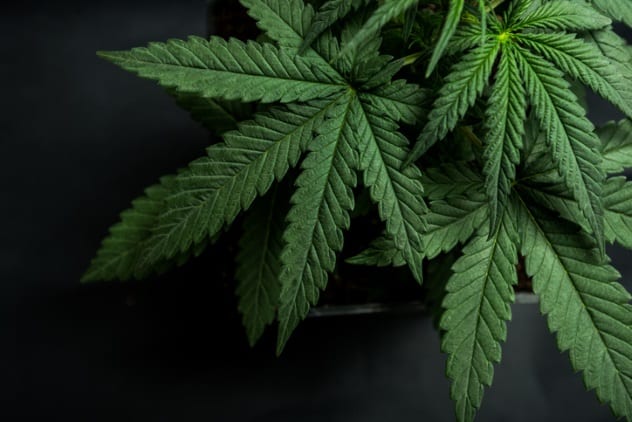
The majority of the world is familiar with this humble plant, with its consumption leading to a state of deep relaxation, philosophical thinking, and introspection. Rumor has it that Bob Marley’s wife snuck a whole sprig of the stuff into her husband’s coffin, and no one had the heart to take it out.
Its effects can last hours, leading, sadly and inevitably, to pretty severe cases of the munchies caused by the introduction of THC to the liver. Only ten percent of users become dependent on the drug, but long-term use can affect your ability to learn and concentrate.
Unfortunately, risks of developing psychotic illnesses such as schizophrenia also increase with sustained use of marijuana. An even scarier thought is the prominence of spiking: A young boy named Connor Eckhardt took one hit of spice (also known as K2), a drug commonly mistaken for or laced into cannabis, and was declared brain-dead in the hospital.[6]
4 Coca
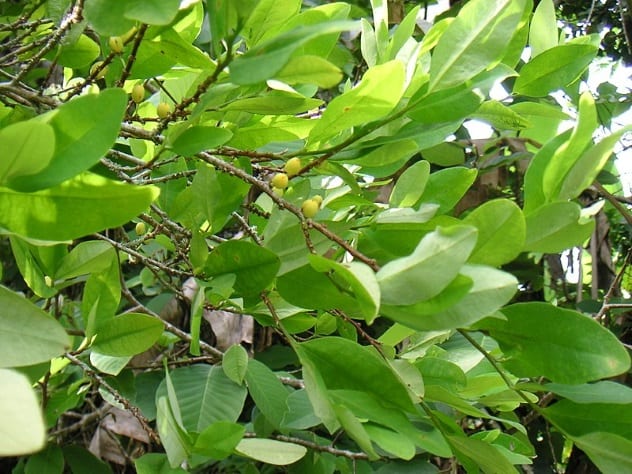
This cute-sounding shrub is found native in Bolivia, Peru, and Ecuador, but alas, it is simply cocaine. Natives have used it for centuries to withstand strenuous working conditions by enjoying the drug’s euphoria.
When the leaves are processed, cocaine, one of the most popular recreational drugs known to man, is derived. The euphoria, increased mental alertness, and relief from fatigue that cocaine brings make it highly frequented among the business sectors. It is also used as a local anesthetic in some surgeries, while its recreational use is illegal.[7] Some find that the drug helps them to more efficiently perform mental and physical tasks, although some report the opposite.
Toxic psychosis can occur when taken in larger doses, leading even to the feeling of bugs crawling underneath the skin. The most dangerous impact of cocaine use occurs when it is mixed with other substances, such as synthetic opioids like fentanyl, with an increase in overdoses linked to such dangerous additives.
Coke addictions often start in stressful settings, such as university: It helps melt away all the panic of deadlines and low confidence, allowing an exaggerated version of the person to function perfectly, but it can quickly become a lifestyle. Many become extremely addicted within weeks. The habit often causes huge debts due to its hefty price tag and addictive nature, and the glamorous side of cocaine as a habit of celebrities and supermodels is revealed to be dark, dangerous, and terrifying.
3 Philosopher’s Stones
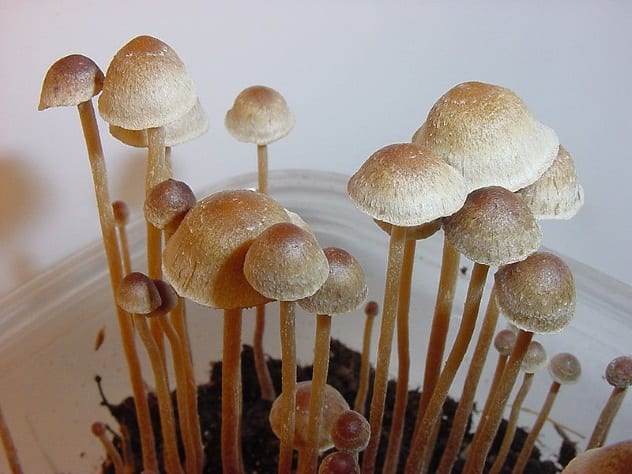
The sclerotia of Psilocybe tampanensis, sometimes called philosopher’s stones, are pretty similar to magic mushrooms. Their consumption causes humorous insights, deep personal reflection, and altered perception. They’re incredibly rare in the wild, and clones of a specimen found in Florida in 1977 are mainly grown by amateurs and mycologists.[8]
Their effects are hard to predict, being easily influenced by music, people, and setting. Typically, people experience euphoria, brightened colors, and sensitivity to light. Although philosopher’s stones aren’t typically harmful in themselves, fatalities have been reported, presumably due to the risk of suicidal ideation, depression, and vivid hallucinations.
2 Banisteriopsis Caapi

The Banisteriopsis caapi vine is most commonly made into a drink called ayahuasca, which is sought by tourists in Peru for a spiritual awakening, with experiencers reporting a sensation of rebirth and heightened spirituality. You can find a number of retreats online, all of whom offer “ayahuasca ceremonies” that reveal the multidimensional nature of reality, allowing one to access the true inner self.
Ayahuasca is considered a gateway to the spiritual world, with B. caapi dubbed the “wisdom plant,” and is even used to treat PTSD, depression, and addiction due to its ability to “purge” negativity and toxic emotions. This purging, however, is most often characterized by vomiting and can even cause motor function impairment and muscle spasms.[9] A number of tourists have died. One man died after a second visit to a shaman to attempt to reach enlightenment; a punishment of nettles was administered against the shaman.
1 Devil’s Breath
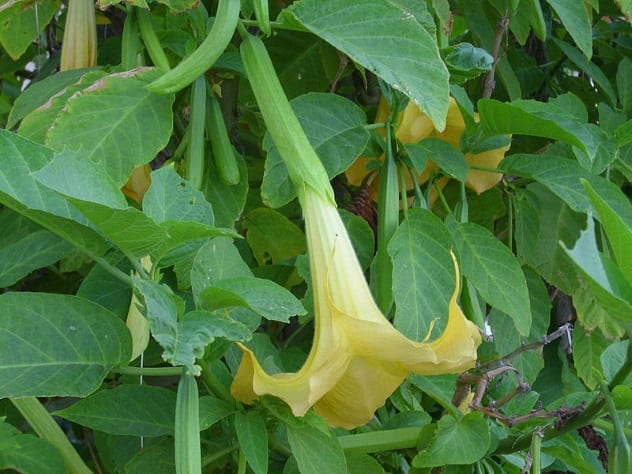
If the name doesn’t put you off enough, the story will. Otherwise known as scopolamine, this drug is extracted from the flower of the Borrachero shrub (Brugmansia aurea), grown most commonly in South America. It isn’t used for fun but instead is used on the streets, blown into faces of unsuspecting tourists or given on a soaked business card to incapacitate and hypnotize a person into nothing more than a lifeless robot that’ll follow every command and forget it all afterward.[10]
Devil’s breath has been blamed for thousands of crimes in South America. It leads to a total lack of free will as well as amnesia, leaving victims in a zombie-like state, vulnerable to any suggestion. There have been reports of victims pulling triggers on people just because the person who drugged them suggested to do so.
There are reports of it being used by Nazis during interrogations as a truth serum and similar nightshade family-derived drugs being by witches in the Middle Ages. This is not a drug you want to stumble across on a morning ramble.
English Literature Uni Student. I like books. I also like food.
Instagram: @megroche
Read about more drugs you may not have heard of on Top 10 Terrifying But Fascinating Drugs and 10 Fascinating Psychedelic Drugs.








